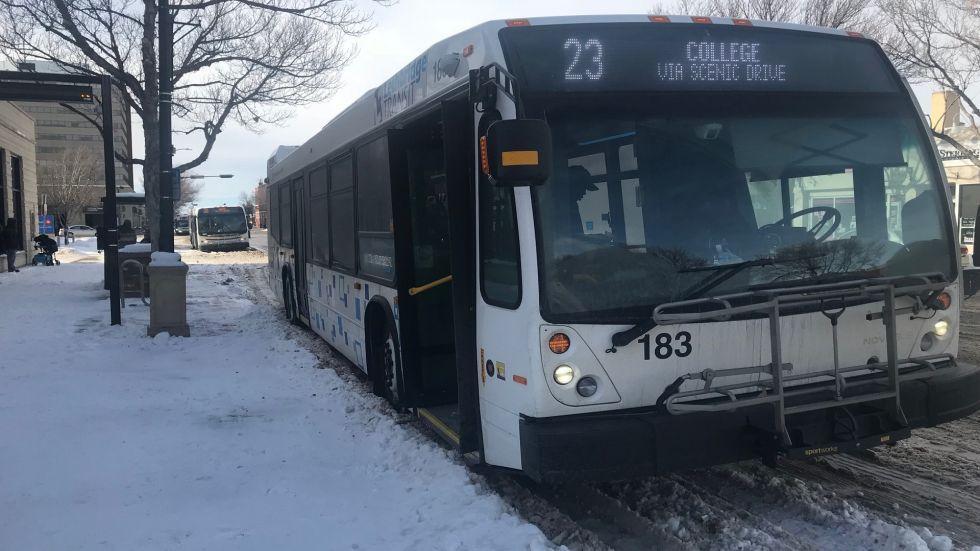Lethbridge Herald
J.W. Schnarr
The Transit Master Plan provides strategies for potential future changes to public transit in Lethbridge, and should not be considered a final draft, says the City’s Transit manager.
On Monday, the City held a Transit Master Plan Community Issues Committee meeting in order to provide information and collect input from the public regarding public transit in the city.
Transit manager Kevin Ponech said a number of residents brought up a concern that the Transit Master Plan was being treated as a finished document. This is not the case, however, as the plan is considered strategic in nature.
“It gives you strategies on how to improve your system,” Ponech said. “It’s not necessarily what you exactly need to do. A lot of people (thought) when they saw the maps or scheduling that it was taking away service (from those areas), but it is just a strategy moving forward – not necessarily the direction we’d be taking.”
He noted the City will make internal reviews of Transit strategies before implementation.
“We wouldn’t just take a document from a consultant and say that’s perfect for (Lethbridge),” he said.
“We’re residents here, so we have to make sure we take care of our residents and our community.”
Ponech said he was satisfied with the event in terms of allowing the public to learn more about the Transit Master Plan and some of the concepts within it.
“We were really looking at those concepts and talking about how we can add them to (public transit) and make it better,” he said.
Some of those concepts include frequency transit networks, express routes and direct routing.
“It’s these concepts in the master plan that are going to improve how Transit runs in the future,” he said.
The City may be looking at a mixture of re-allocation of existing services and an expansion of service in the future.
“As the city expands, obviously, there are a lot of new neighbourhoods going up in the outskirts of the city that will have to be serviced,” he said. “But it’s also an enhancement of the internal workings of transit.”
The City is also looking at a hybridized system where direct routes to high-volume locations could run more frequently, with neighbourhood routes feeding into those routes.
“It opens up options for the community,” said Ponech.
“They could get onto a standard route where it might take a half hour to get where they are going. Or they could walk a little farther to get to one of those higher frequency or express routes, and it would take them to the place they need to be – and usually in the straightest route possible, not weaving around the city.”
This two-tiered hybrid system could provide both a ridership service for those who need to get somewhere in a hurry, while still providing coverage to communities.
These efforts could go to address complaints of long ride times.

